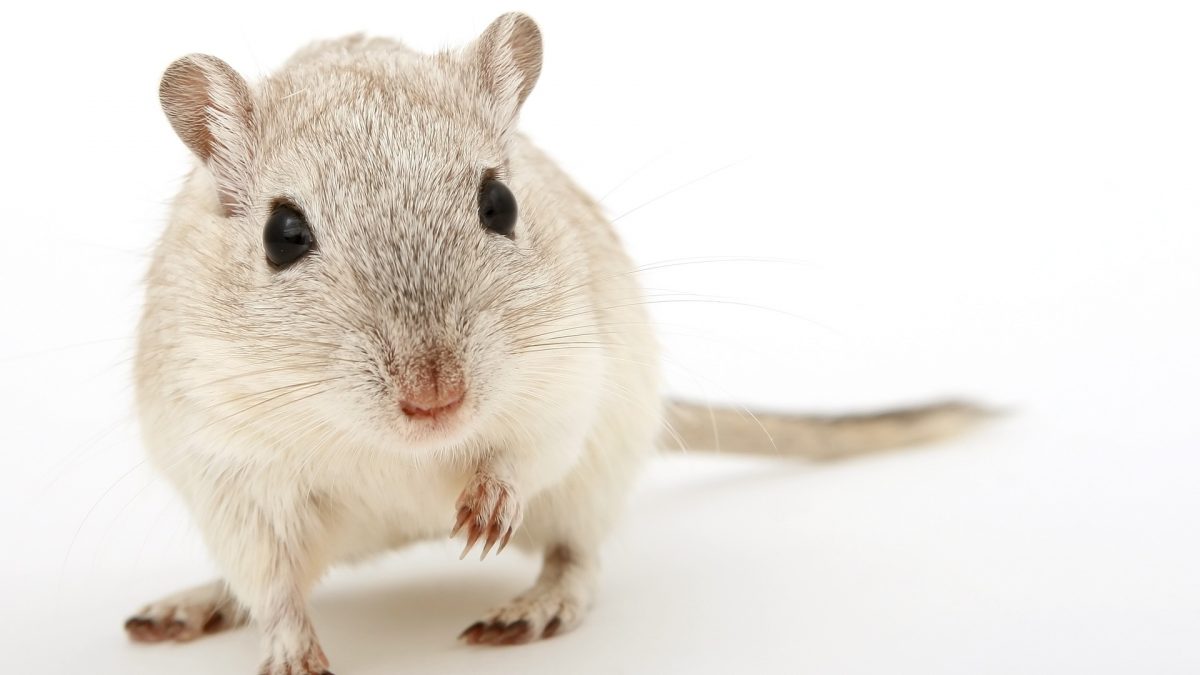Over the past 20 years, transgenic mice have become the principal laboratory animal model used in biomedical research. Within this category of genetically modified mice, there is an increasingly common microbiological type defined as “Germ free”, so animals free of all foreign life forms apart from itself.
But, what is Gnotobiology?
Gnotobiology is the science of study of germ-free organisms, in this case specifically animals, in order to explore the impact of microorganisms on physiology and diseases.
Gnotobiology also studies the interaction of germ-free animals after they have been inoculated with one or more microbes, and so what are called Gnotobiotic mice, which are animals with a known, defined microbiota.
How to obtain and maintain germ-free animals?
To obtain and maintain these germ-free animals is a pretty complex procedure that requires knowledge, training, and a lot of attention to details. Nevertheless, it is crucial to use appropriate equipment developed over the years, also thanks to the growing knowledge of this particular type of animal and research.
Nowadays, the most used strains can be obtained already as germ free from an existing facility.
If, instead, a mouse strain is not available germ free, it must be rederived either by caesarean section or by embryo transfer (this currently being the most common practice).
Recent Articles
- Gnotobiotic facilities: writing inside isolators 4 April 2022
- Germ-free cage sterilization 24 January 2022
- Microbiota and its importance in aging 25 October 2021
- Procedural diversity and technical choices working with gnotobiotic mice in IVCs. (part 2) 27 September 2021
- Procedural diversity and technical choices working with gnotobiotic mice in IVCs. (part 1) 30 August 2021
DVC – Digital Ventilated Cage for digital vivarium

The DVC® is capable to provide novel insights and enhance animal welfare checks thanks to the automatic data collection directly from the cage level. Specifically designed DVC® board enables different benefits for the researchers and vivarium people.

